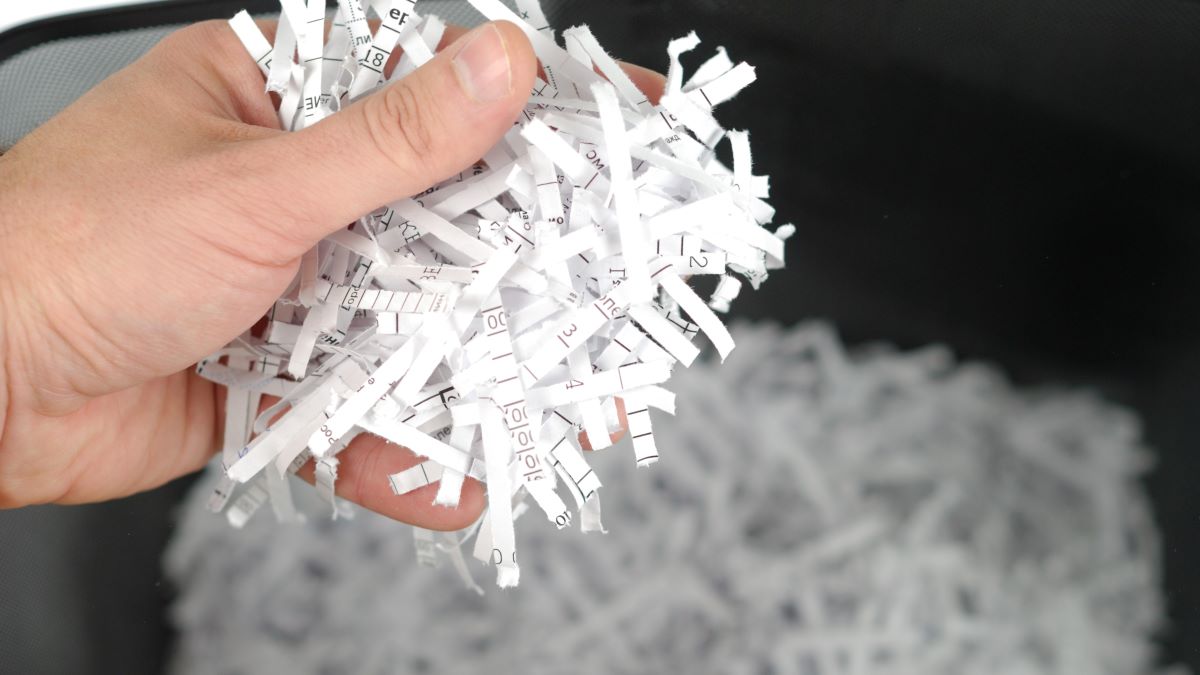In the age of environmental awareness and sustainable living, the concept of recycling has emerged as a beacon of hope for a planet besieged by mounting waste. One of the most transformative and often underestimated realms of recycling is the process of converting paper waste into a valuable resource through the alchemy of recycling. The journey of paper, from its inception as a tree in a forest to its culmination as waste in a landfill, is one fraught with environmental consequences. However, recycling paper represents a paradigm shift in how we perceive and utilize this ubiquitous material. The process of paper recycling begins with the collection of discarded paper from various sources, ranging from households to businesses. Once gathered, this paper undergoes a meticulous sorting process, where contaminants such as plastics, metals, and non-recyclable materials are meticulously removed. This sorting stage is crucial, as the purity of the paper stream directly impacts the quality of the recycled product. Once sorted, the paper is then transformed through a series of pulping and de-inking processes.

During pulping, the paper is broken down into its constituent fibers, and water is used to create a pulp slurry. This slurry undergoes a de-inking process to remove inks, dyes, and other impurities, resulting in a clean and malleable material ready for reuse. What makes paper recycling truly remarkable is its ability to mitigate the environmental impact of paper production. The traditional paper-making process involves the felling of trees, a resource-intensive procedure that contributes to deforestation and the depletion of biodiversity. By opting for recycled paper, we break this cycle of ecological harm, preserving forests and their invaluable ecosystems. Furthermore, the energy required to produce recycled paper is significantly lower than that needed for virgin paper production, leading to a substantial reduction in greenhouse gas emissions and How paper is recycled. In essence, recycling paper not only conserves natural resources but also diminishes the carbon footprint associated with paper consumption. Beyond the ecological benefits, the recycling of paper plays a crucial role in waste reduction.
Recycling diverts this paper from landfills, extending its lifecycle and reducing the need for fresh raw materials. Moreover, as recycled paper undergoes the manufacturing process, it requires less water and emits fewer pollutants than its virgin counterpart, making it a more sustainable choice in every aspect. The green alchemy of transforming paper through recycling is emblematic of a circular economy, where materials are continuously reused, fostering a regenerative and harmonious relationship with the environment. It underscores the notion that waste is not an endpoint but rather a potential beginning. As we embrace the transformative power of recycling, particularly in the realm of paper, we contribute to a healthier planet, one where the resources we consume are not extracted and discarded but perpetually reimagined and reborn. In this alchemical process, waste becomes a valuable raw material, and our choices echo through time, leaving a legacy of sustainability for future generations.
